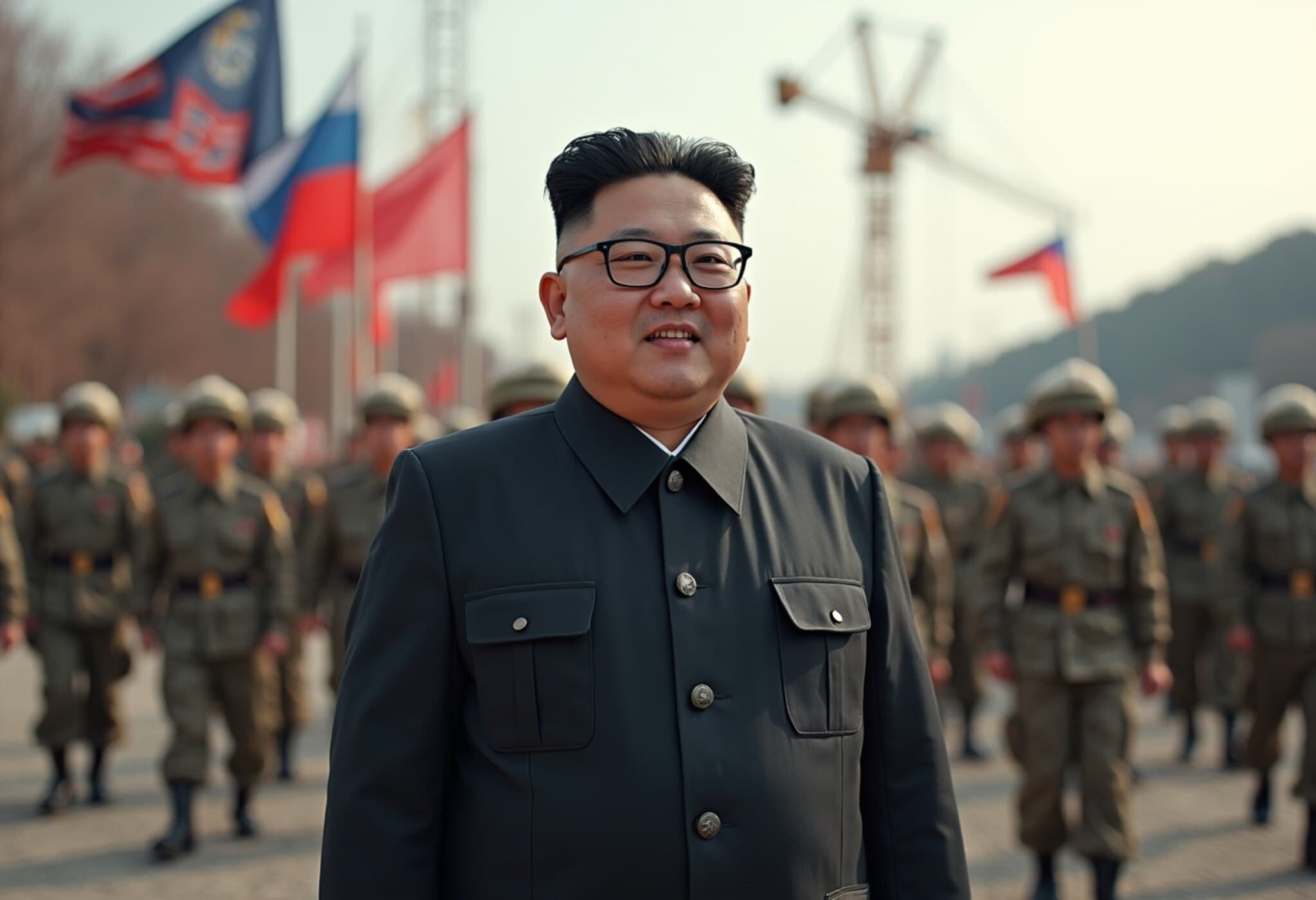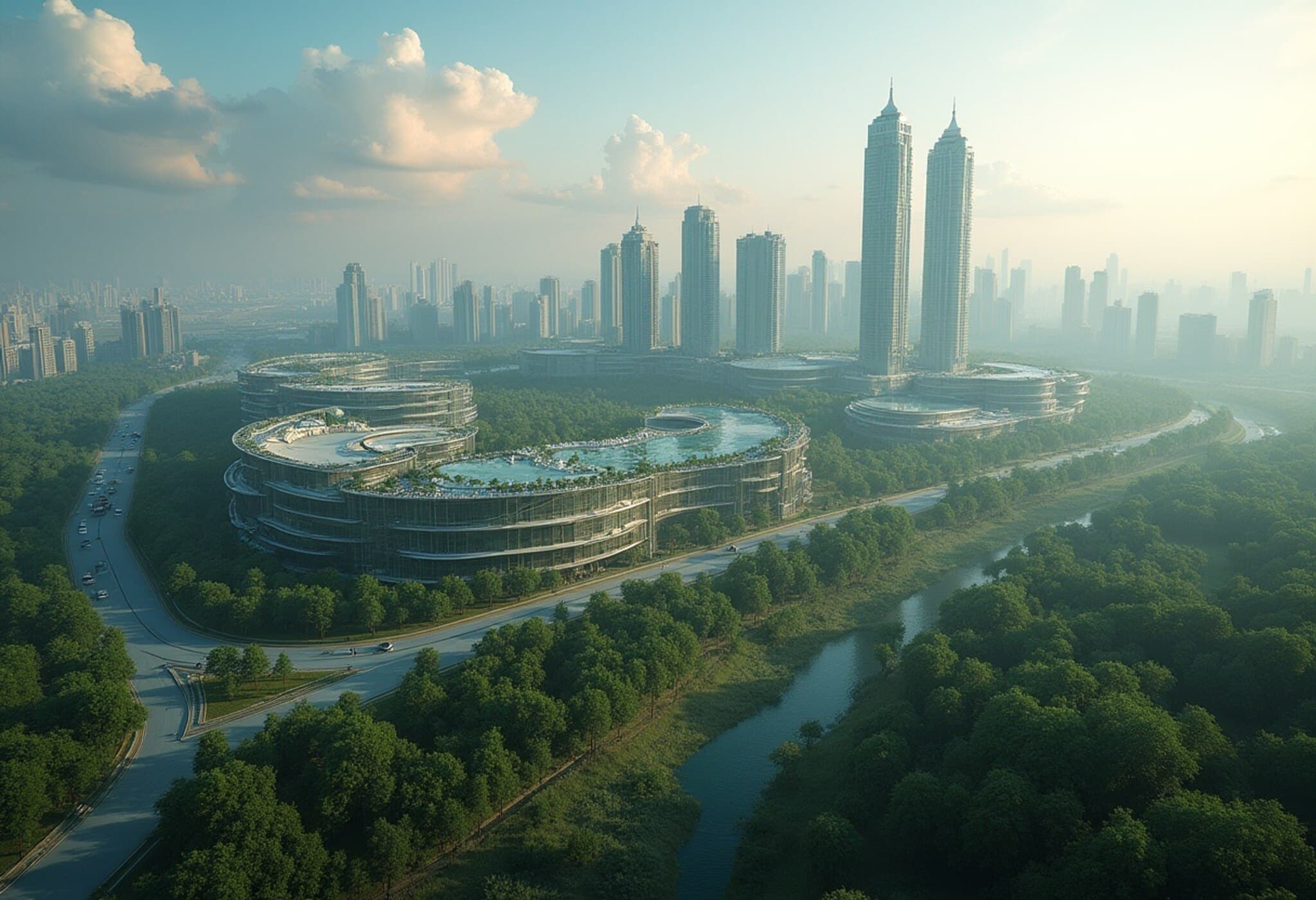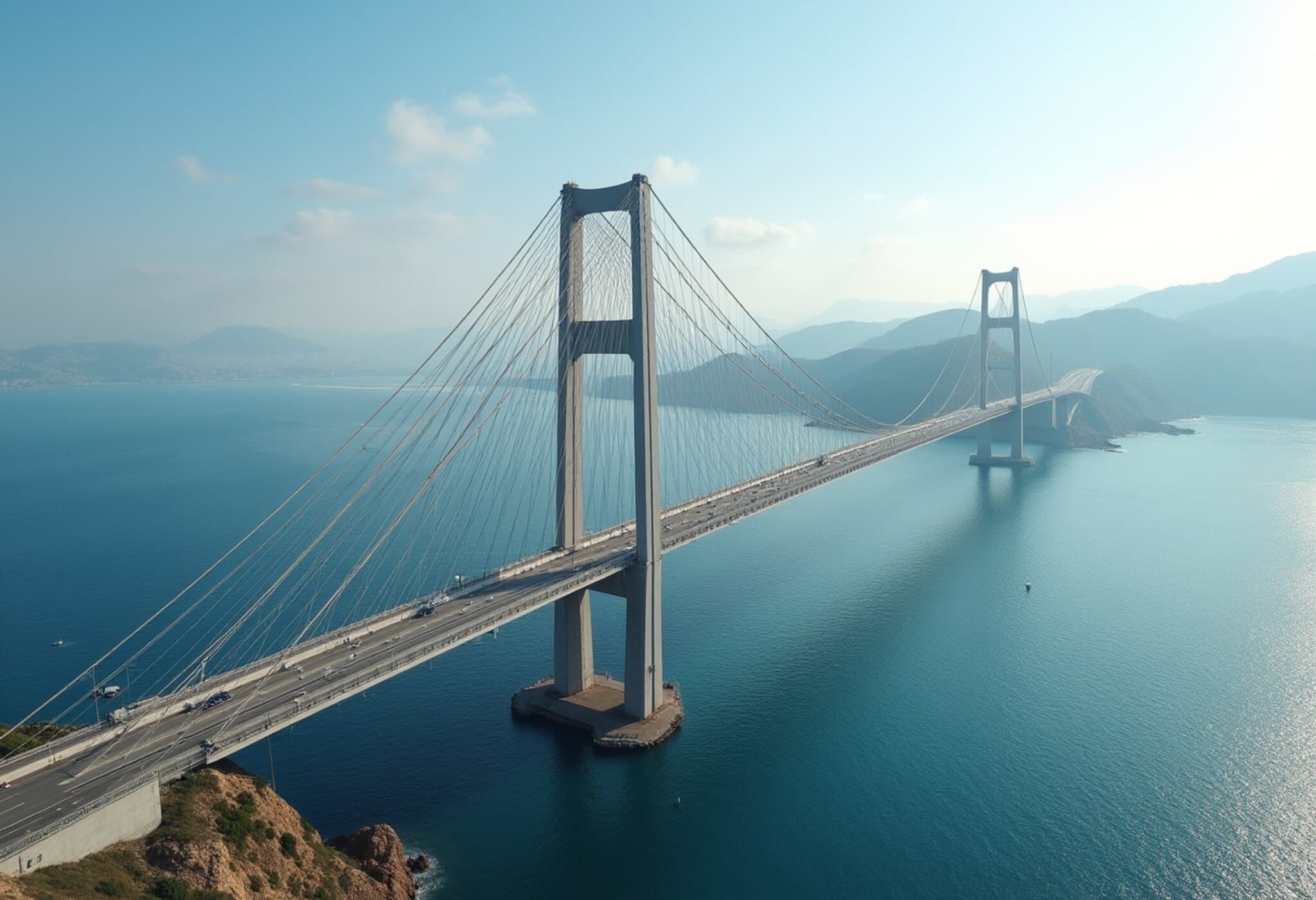Italy Embarks on Ambitious Project to Link Sicily with Mainland
After centuries of speculation and modern-day debate, Italy has finally given the green light to a €13.5 billion ($24 billion) plan to construct the world’s longest suspension bridge stretching 3.7 kilometers across the Strait of Messina. This monumental infrastructure project will connect Calabria on the mainland to Sicily, reviving an ancient Roman vision with 21st-century engineering.
A Bridge Steeped in History and Controversy
The idea to link Sicily and mainland Italy dates back almost 2,000 years, initially conceived by the Romans who imagined connecting the island by a series of boats. Concern for maritime traffic and technological limitations paused those early visions, but the desire for a fixed link has persisted through ages.
In the 1950s, renewed interest emerged, yet the project was repeatedly stalled due to fears over organized crime interference—specifically the mafia groups 'Ndrangheta and Cosa Nostra controlling Calabria and Sicily respectively—and seismic risks in this earthquake-prone region. The devastating 1908 earthquake that killed over 80,000 people serves as a stark reminder of the geological challenges at play.
Economic and Strategic Implications
Italian Transport Minister Matteo Salvini announced plans to classify the bridge as a strategic investment under defense spending, aligning with NATO obligations to boost military infrastructure in Southern Europe. The bridge aims to facilitate troop movements to military bases in Sicily, strengthening Europe’s southern flank amid geopolitical uncertainty.
Projected to employ 120,000 workers annually during construction, the bridge is expected to stimulate trillions in infrastructure investments, including upgraded roads, railways, and stations, creating a ripple effect in regional economic regeneration.
Engineering Feat and Timelines
The bridge will support up to 6,000 cars and 200 trains daily, reducing crossing times across the strait from around an hour to 10 minutes by car. Preliminary geological surveys are set to begin in autumn, with full construction anticipated to start next year and completion targeted by 2032 or 2033.
The selected consortium, led by Italian infrastructure giant Webuild, draws confidence from successful projects in seismic zones worldwide, citing bridges in California, Turkey, and Japan as precedents.
Addressing Organized Crime and Environmental Concerns
Given the region’s mafia influence, the government has committed to continuous anti-mafia vigilance, employing proven safeguards from previous major projects such as Milan’s 2015 World’s Fair and the 2026 Winter Olympics. “We will watch the entire supply chain 24/7 to protect this nation-defining project from infiltration,” Salvini emphasized.
Yet critics remain vocal. Opposition lawmakers and regional advocates question the prioritization of such a high-cost infrastructure project amid struggling southern regions plagued with poor healthcare, dilapidated schools, and underfunded public transit. They argue the funds might better serve fundamental public services rather than an ambitious bridge that risks becoming a bureaucratic and financial black hole.
Environmentalists and safety experts warn about the seismic challenges, especially with one pylon planned on an active fault line. The center-left Democratic Party and Green Alliance accuse the government of favoring political propaganda over practical needs.
Looking Ahead: Balancing Vision and Reality
Prime Minister Giorgia Meloni has framed the bridge as a transformative asset for Italy’s future, blending cutting-edge technology with national pride. “This is not just infrastructure; it symbolizes our commitment to innovation and regional cohesion,” she stated.
As Italy embarks on this historic and complex journey, observers will watch keenly to see whether the project can overcome entrenched regional challenges, safeguard public funds, and deliver a lasting legacy that connects people, economies, and cultures across the Mediterranean.
Editor’s Note
Italy’s decision to build the Messina bridge is as bold as it is contentious. Beyond engineering wonders, it raises profound questions about regional development priorities, anti-mafia governance, and seismic safety. For policymakers and observers worldwide, it illustrates the intricate dance of ambition, risk, and legacy in ambitious infrastructure projects. Will this bridge unite and uplift, or will it serve as a cautionary tale? Time, transparency, and public vigilance will tell.












